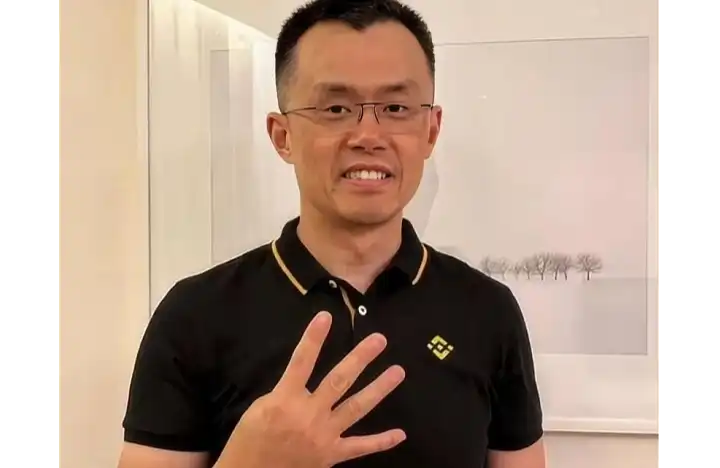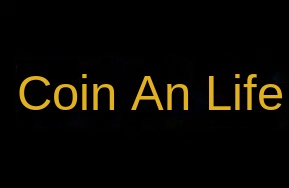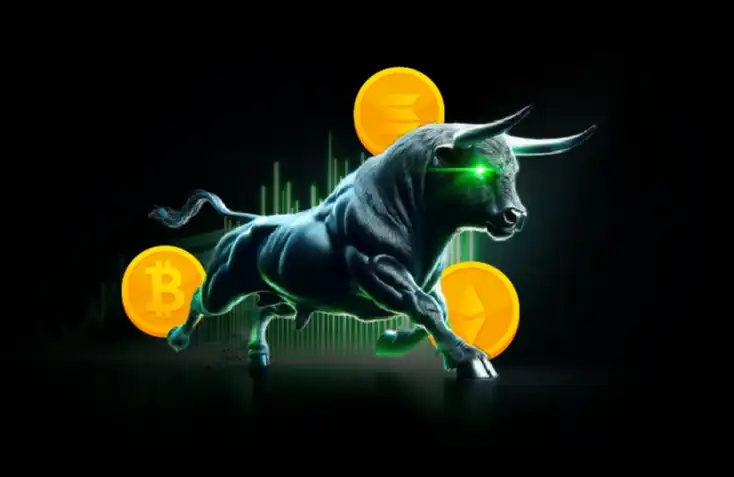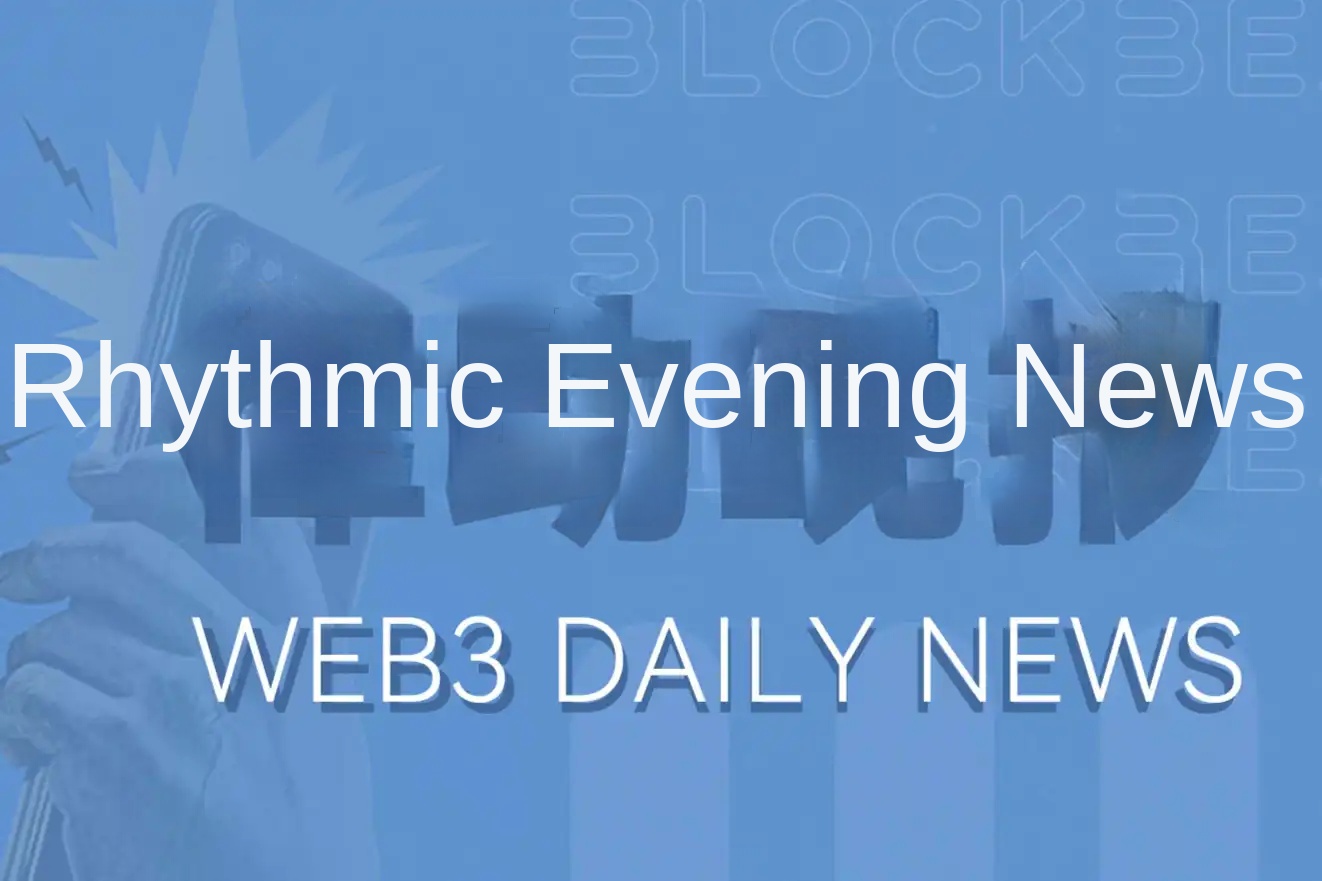Agora Raises $50 Million in Funding, Why Did Paradigm Invest in a "White-Label Stablecoin"?
The stablecoin startup Agora has announced the completion of a $50 million Series A funding round led by Paradigm, with Dragonfly participating. This funding will be used to drive global expansion and regulatory compliance efforts for its core product, AUSD.
This is not Agora's first time receiving capital appreciation. Back in April 2024, the company raised $12 million in a seed round led by Dragonfly. With a total of $62 million raised across the two rounds, Agora has become one of the few platform projects in the stablecoin space to receive sustained backing from top-tier institutions.
Who is Agora? What's Their Story?
Founded in 2023, Agora is a stablecoin startup initiated by three co-founders: Nick van Eck, Drake Evans, and Joe McGrady. They are committed to building a new platform-based stablecoin architecture, also known as a "white-label stablecoin."
Nick van Eck comes from a traditional finance background and is the son of Jan van Eck, the founder of the well-known asset management firm VanEck. Co-founder Drake Evans previously served as a core engineer at MakerDAO, while Joe McGrady brings engineering and operations experience from Bridgewater-style institutions.
To date, Agora has completed two funding rounds. In April 2024, Agora secured a $12 million seed round led by Dragonfly Capital to develop its core product AUSD and build a white-label issuance platform. In July 2025, Agora announced a $50 million Series A funding round led by Paradigm with Dragonfly participating to accelerate global expansion and regulatory compliance efforts. As of now, Agora has raised a total of $62 million, positioning itself as one of the few platform projects in the stablecoin space receiving continued top-tier venture capital support.
White-Label Stablecoin AUSD: A New Story or Old Packaging?
Tether and Circle have long dominated the stablecoin market, with one relying on volume to dominate exchanges and the other focusing on regulatory compliance to bridge traditional finance. However, Agora does not intend to become "another USDT or USDC."
Yet, beneath the surface, this landscape is being disrupted by a startup company named Agora.
Founded by Nick van Eck, the son of the founder of the VanEck investment group, along with two industry engineers, Agora's positioning is different from Tether and Circle. It has not tried to be "a more compliant USDT" or "a more decentralized USDC." Instead, it has chosen a new path of platformization: to create an infrastructure that anyone can use to issue their own stablecoin.
Its launched AUSD is a stablecoin pegged to the US dollar, backed by an asset pool managed by State Street Bank and VanEck. Different from the single-coin distribution of Tether and Circle, Agora treats AUSD as the underlying unified settlement asset and offers open white-label issuance services based on this — any enterprise, whether a Web3 project or an overseas payment company, can quickly issue their own branded stablecoin, such as "GameUSD" or "ABC Pay Dollar," and all these coins share the on-chain liquidity and interchangeability of AUSD.
This approach is actually somewhat similar to the early model when Paxos collaborated with PayPal to issue PYUSD. However, the difference is that Paxos built an independent stablecoin system for its partners, while Agora's partners must directly build on top of AUSD. This unified underlying design makes the whole system easier to aggregate liquidity and achieve network effects more easily.
This platform-based issuance logic not only lowers the threshold for issuing enterprise stablecoins but also establishes a stronger ecosystem stickiness and moat for Agora.
From a compliance and technical development perspective, Agora is not a startup. It is highly intertwined with traditional finance: asset custody is entrusted to State Street, asset management is handled by VanEck, and the custody technology also incorporates Copper's MPC solution. At the same time, Agora is in the process of obtaining Money Transmitter Licenses (MTL) in various U.S. states, laying the groundwork for future entry into the U.S. market.
In terms of ecosystem collaboration, Agora has partnered with Polygon Labs to advance customized stablecoin issuance projects based on AUSD and has completed the first OTC transaction with the crypto asset management firm Galaxy. AUSD is currently listed on LBank and has opened USDT trading pairs, and has also received support from projects such as Injective, Flowdesk, Conduit, and Plume Network. On-chain, AUSD has achieved multi-chain deployment through Wormhole on networks such as Ethereum, Solana, and Avalanche; Agora has also collaborated with the cross-chain aggregation protocol Agglayer launched by Polygon, attempting to make AUSD its native stablecoin.

Data Source: rwa.xyz
Of course, currently, AUSD's total market value is still less than $200 million, a magnitude away from USDT's $159.1 billion and USDC's $62 billion. However, in the eyes of top institutions such as Paradigm and Dragonfly, Agora's platform logic may imply a structural reconfiguration of the stablecoin market: stablecoins are no longer just products but can become platforms, allowing every institution to have its own on-chain dollar.
If the past logic of stablecoins was "I will issue one for you to use," Agora's logic is "I will provide the infrastructure for you to issue one." Tether and Circle are stablecoin "products," while Agora is more like the "AWS" of stablecoin issuance.

Data Source: coingecko.com
Seizing the U.S. Market: What Does the Money Transmitter License (MTL) in Multiple States Mean?
For stablecoin issuers, applying for a Money Transmitter License (MTL) is not just a compliance "license" but also the key to unlocking the vast U.S. market. The MTL grants companies the legal authority to engage in fund transmission and stablecoin issuance across multiple states, significantly enhancing trust from banks, exchanges, and institutional investors as the foundation for collaboration. At the same time, the MTL requires companies to strictly adhere to anti-money laundering (AML), know your customer (KYC), and regulatory reporting obligations, ensuring business transparency and security to establish a solid groundwork for future innovative products and services. Thus, the MTL serves not only as a robust barrier against legal and regulatory risks but also as a strategic asset for stablecoin companies to establish and grow in the U.S. market.
Currently, leading stablecoin issuers such as Circle, Paxos, Gemini, and TrustToken have obtained money transmitter licenses in multiple states.
As the issuer of USDC, Circle has a broad MTL coverage, providing a solid assurance for its recognition by mainstream financial institutions and banks.
Paxos is also actively pursuing compliance, holding MTLs in multiple states and collaborating with partners such as PayPal and Binance to drive stablecoin issuance.
Gemini's GUSD was among the first stablecoins to receive the New York Department of Financial Services license, with its issuing company also holding money transmitter licenses in multiple states.
TrustToken has obtained MTLs in multiple states to support the legal issuance and circulation of its various asset-backed stablecoins.
In addition to these stablecoin issuers, some digital asset custodians and trading platforms such as Anchorage Digital, BitPay, and Kraken have applied for and received MTLs in multiple states. Generally, licensed entities tend to prioritize states with strict regulations and active crypto business, such as New York, California, Texas, and Florida. Obtaining an MTL requires meeting stringent requirements regarding capital adequacy, AML, KYC, and compliance reporting. Overall, holding MTLs in multiple states has become a critical compliance threshold for stablecoin products to gain market acceptance and institutional partnerships. Agora is currently applying for MTLs in multiple states with the goal of joining this compliant ecosystem and accessing the U.S. market.
As a rising star, Agora is actively applying for a multi-state MTL, which is a crucial step towards achieving legal and compliant operations, integrating into the U.S. mainstream financial system, and moving towards market expansion. Through this initiative, Agora not only demonstrates a high level of commitment to compliance but also sends a strong signal: it aspires to become an undeniable new force in the stablecoin field, gaining market and institutional recognition, and ushering in a new chapter of global expansion.
Betting on Agora, Paradigm is Not Following the Crowd
Paradigm's investment logic has never been about following the crowd but about betting on projects that can reshape the infrastructure logic. Agora has precisely hit on several directions that Paradigm is focused on:
Integration path of traditional finance + blockchain: Leveraging State Street and VanEck, Agora embeds compliance trust in on-chain products, building an issuance network that is institution-friendly.
Reconfiguration of stablecoin distribution logic: Shifting from "I issue, you use" to "I provide the system, you issue," Agora is no longer just creating a stablecoin but offering the ability to issue stablecoins, enhancing network effects and capital efficiency.
Product design adapting to regulatory trends: Proactively applying for MTL, accessing financial regulatory frameworks, Agora is poised to have a first-mover advantage in the upcoming U.S. regulatory cycle.
Paradigm partner Charlie Noyes said in an interview, "Agora's product is a stablecoin system with a built-in battery, allowing companies to launch stablecoin operations immediately without needing to hire ten engineers."
Welcome to join the official BlockBeats community:
Telegram Subscription Group: https://t.me/theblockbeats
Telegram Discussion Group: https://t.me/BlockBeats_App
Official Twitter Account: https://twitter.com/BlockBeatsAsia


 Forum
Forum Finance
Finance
 Specials
Specials
 On-chain Eco
On-chain Eco
 Entry
Entry
 Podcasts
Podcasts
 Activities
Activities
 OPRR
OPRR









